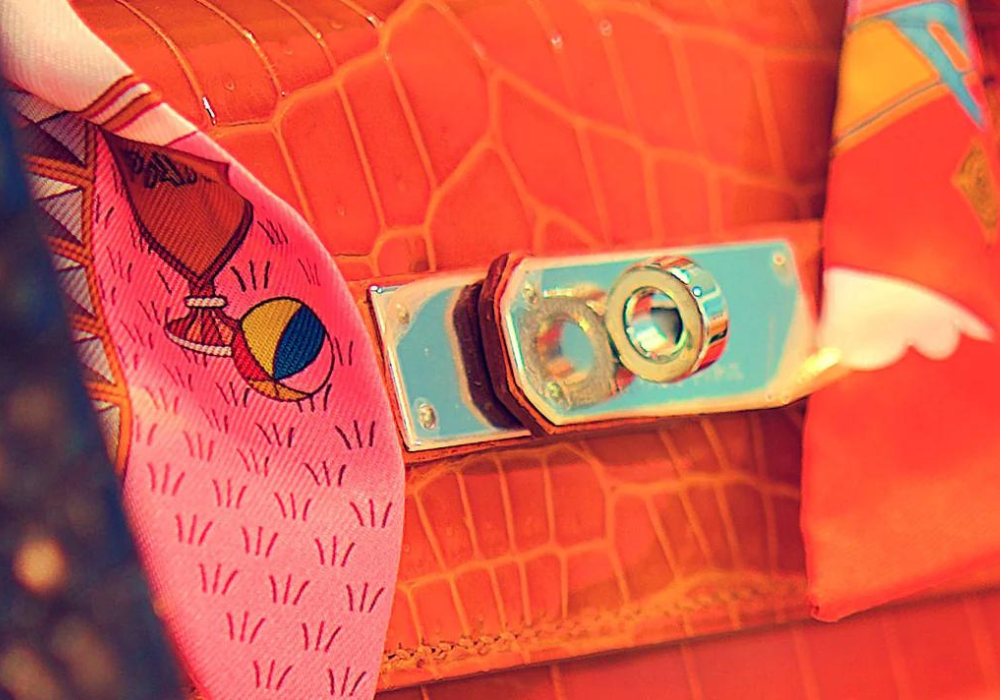The Art of Luxury Investment: Why Hermès Stands Out
In the glittering realm of luxury goods, where prestige and craftsmanship reign supreme, one name consistently rises above the rest: Hermès. Founded in 1837 as a Parisian harness workshop, the house has grown into a global arbiter of elegance, exclusivity, and artistry. Its unwavering commitment to heritage craftsmanship has cemented Hermès as both a cultural symbol and a financial asset of distinction.
As sophisticated investors seek to diversify their portfolios, luxury goods have emerged as alternative assets with resilience, scarcity-driven growth, and emotional appeal. Within this space, Hermès stands as a beacon of enduring value.
The Allure of Luxury Investments: Beyond Opulence
- Portfolio Diversification: Luxury goods exhibit a low correlation with traditional equity and bond markets, offering a hedge against volatility.
- Recession-Resistant Demand: Even during downturns, the global elite sustain demand for heritage and exclusivity.
- Scarcity Principle: Deliberate supply limitations, particularly at Hermès, create intrinsic upward pressure on value.
- Tangible + Emotional Assets: Unlike equities, Hermès pieces carry both material presence and cultural resonance.
Hermès: The Crown Jewel of Luxury Investment
- Unrivaled Heritage: Nearly two centuries of tradition define Hermès’ position as a standard-bearer for timeless artistry.
- The Birkin Effect: Birkins and Kellys routinely outperform traditional commodities, with some appreciating 400–500% in a decade.
- Product Ecosystem: From silk to fine jewelry, Hermès offers diverse entry points for collectors and investors alike.
- Global Recognition: With universal prestige across continents, Hermès maintains unmatched market liquidity.
Investment Grade Hermès: Curated Picks
For investors seeking more than theory, here are exemplary pieces—each representing a distinct strategy, from “blue‑chip” icons to once‑in‑a‑lifetime rarities. Links route to live search results to avoid 404s; swap in product URLs any time.

Hermès Himalaya Niloticus Crocodile Birkin 30
Universally regarded as the grail. Auction benchmarks routinely clear high six figures; supply is microscopic and condition sensitivity is paramount.

Hermès Diamond Kelly 28 in Shiny Niloticus Crocodile
Ultra‑scarce apex with precious‑stone hardware. Comparable to high jewelry: demand is global, and top provenance magnifies value.

Hermès Birkin 35 in Black Box Leather with Gold Hardware
The “blue‑chip” anchor. Century‑long lineage, timeless pairing (Box + GHW), and steady collector absorption across cycles.

Hermès Metallic Chèvre Kelly
Cult‑status experimental finish with auction resilience. Condition and completeness (box, accessories) materially impact comps.
Explore more: JaneFinds Investment‑Grade Hermès.
Navigating the Hermès Investment Landscape
- Market Intelligence: Track limited editions, seasonal colors, and auction benchmarks to time acquisitions.
- Authentication: Work exclusively with trusted sources; authenticity is non-negotiable in Hermès valuation.
- Condition: Pristine, unworn examples yield the highest long-term appreciation.
- Diversify Within Hermès: Pair staples like Black Togo Birkins with rarities such as Metallics or Himalayans.
- Patience: The most substantial gains often unfold across decades, not years.
- Equity Play: Hermès International S.A. shares (EPA:RMS) provide institutional exposure to brand growth.
Final Thoughts
Investing in Hermès is more than a financial calculation—it is a commitment to owning artistry, legacy, and cultural capital. Each Birkin, Kelly, or carré embodies the dual identity of Hermès: at once a luxury accessory and a store of value.
“In a world of ephemeral trends, Hermès delivers not just bags, but heirlooms. For the investor-collector, it represents both passion and profit.”




Leave a comment
This site is protected by hCaptcha and the hCaptcha Privacy Policy and Terms of Service apply.